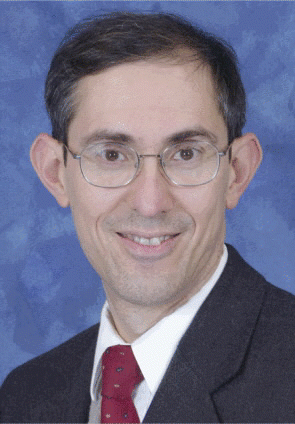Although eustachian tuboplasty is in its infancy and specific criteria and indications for its use have not yet been established, researchers hope that it might provide a viable alternative to using pressure equalization tubes or tympanostomy for chronic eustachian tube dysfunction.
Explore This Issue
July 2009Eustachian tube surgery is also being offered to patients with patulous disease (see sidebar).
Chronic Eustachian Tube Obstruction
Eustachian tuboplasty is very much in its infancy, and whether the procedure is effective over time for chronic eustachian tube obstruction remains to be seen, said Ralph Metson, MD, a rhinologist and Clinical Professor of Otology and Laryngology at Harvard Medical School in Boston.
We are hoping that as we gather more and more evidence, eustachian tuboplasty will prove to be a long-term solution to chronic ear disease, said Elias Michaelides, MD, Assistant Professor of Surgery- Otolaryngology at the Yale School of Medicine in New Haven, CT. However, the outcomes of the procedure for chronic eustachian tube obstruction might take years for researchers to observe, he noted.
 Just as with surgery for chronic sinusitis, you’ve got to treat underlying problems, such as allergies.
Just as with surgery for chronic sinusitis, you’ve got to treat underlying problems, such as allergies.
-Dennis S. Poe, MD
Eustachian tube dysfunction is a relatively common problem, noted Dr. Metson. Many otolaryngologists have patients who say their ears are blocked but show no severe pathology on examination, which often leads to a diagnosis of intermittent eustachian tube obstruction.
This condition can wear down the eardrum, causing scarring or rupture. This in turn, may cause patients to experience hearing loss or cholesteatoma, said Dr. Michaelides.
Standard of Care
There aren’t a lot of good treatments for these patients, said Dr. Metson, adding that tympanostomy remains the gold standard for treating eustachian tube obstruction.
Clinical guidelines from the American Academy of Pediatrics, American Academy of Family Physicians, and American Academy of Otolaryngology-Head and Neck Surgery state that in children with otitis media with effusion who are candidates for surgery, tympanostomy tube insertion is the preferred initial procedure.
Adults with chronic or recurrent otitis media with effusion or tympanic membrane atelectasis are also candidates for tympanostomy tube insertion, said Dennis S. Poe, MD, Associate Professor of Otology and Laryngology at Harvard Medical School and Children’s Hospital in Boston.
Although they are the gold standard for treating eustachian tube obstruction, pressure equalization tubes can damage the eardrum, may cause infection, and can come out with time, noted Dr. Michaelides. They also prevent patients from swimming, he said.
Leave a Reply